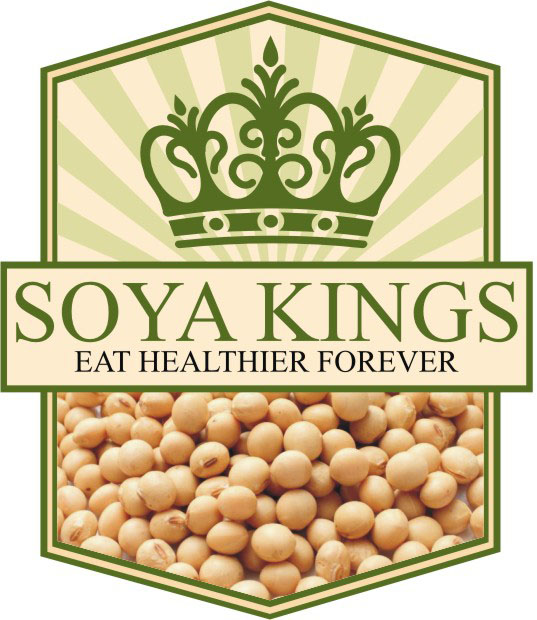TOFU………….
What is Tofu? Why does it look like paneer? Can it be used as an alternative to paneer, appearance or nutritional aspects wise? Let us find answers to our queries………
Tofu, also called bean curd is a food made by coagulating soy milk and then pressing the resulting curds into soft white blocks the same way you prepare paneer. It is a component in many East Asian and Southeast Asian cuisines. There are many different varieties of tofu, including fresh tofu and tofu that has been processed in some way. Tofu has a subtle flavor and can be used in savory and sweet dishes. It is often seasoned or marinated to suit the dish. These are various ways you can enjoy tofu.
Let’s put some light on tofu’s life history. It originated in ancient China some 2,000 years ago. Tofu and its production techniques were introduced into Korea and then Japan during the Nara period. It rapidly spread into other parts of East Asia as well. This spread likely coincided with the spread of Buddhism because it is an important source of protein in the vegetarian diet of East Asian Buddhists.
Tofu has a low calorie count, has relatively large amounts of protein (about 10.7% for firm tofu and 5.3% for soft “silken” tofu as a percentage of weight), and a little fat (about 5% for firm tofu and 2% for soft tofu as a percentage of weight). It is high in iron and depending upon the coagulant used in manufacturing, may also be high in calcium and magnesium.
In 1995 University of Kentucky with monetary help from The Solae Company St. Louis, Missouri (the PTI division of DuPont), concluded that soy protein is correlated with significant decreases in serum cholesterol, Low Density Lipoprotein LDL (bad cholesterol) and triglyceride concentrations. Soy phytoestrogens (isoflavones: genistein and daidzein) absorbed onto the soy protein were suggested as the agent reducing serum cholesterol levels. On the basis of this research, PTI, in 1998, filed a petition with Food and Drug Administration for a health claim that soy protein may reduce cholesterol and the risk of heart disease.
The FDA granted this health claim for soy: “25 grams of soy protein a day, as part of a diet low in saturated fat and cholesterol, may reduce the risk of heart disease”. For reference, 100 grams of firm tofu coagulated with calcium sulfate contains 8.19 grams of soy protein.In January 2006, an American Heart Association review (in the journal Circulation) of a decade-long study of soy protein benefits showed only a minimal decrease in cholesterol levels, but it compared favorably against animal protein sources.
Compared to paneer, if you are ready to compromise a little on the taste aspect, tofu has far better health benefits. But since it has a very little taste and odour of its own, it can absorb any flavour it is paired with. It can be used in the Chinese dishes like tofu noodles, tofu chilli, tofu steamed rice and even in soups. More protein and less fat, unlike paneer makes it a healthier option for you to try out. So next time when you when you go to the super market, instead of giving a dull look on tofu you better pick one pack of it along with your paneer.
